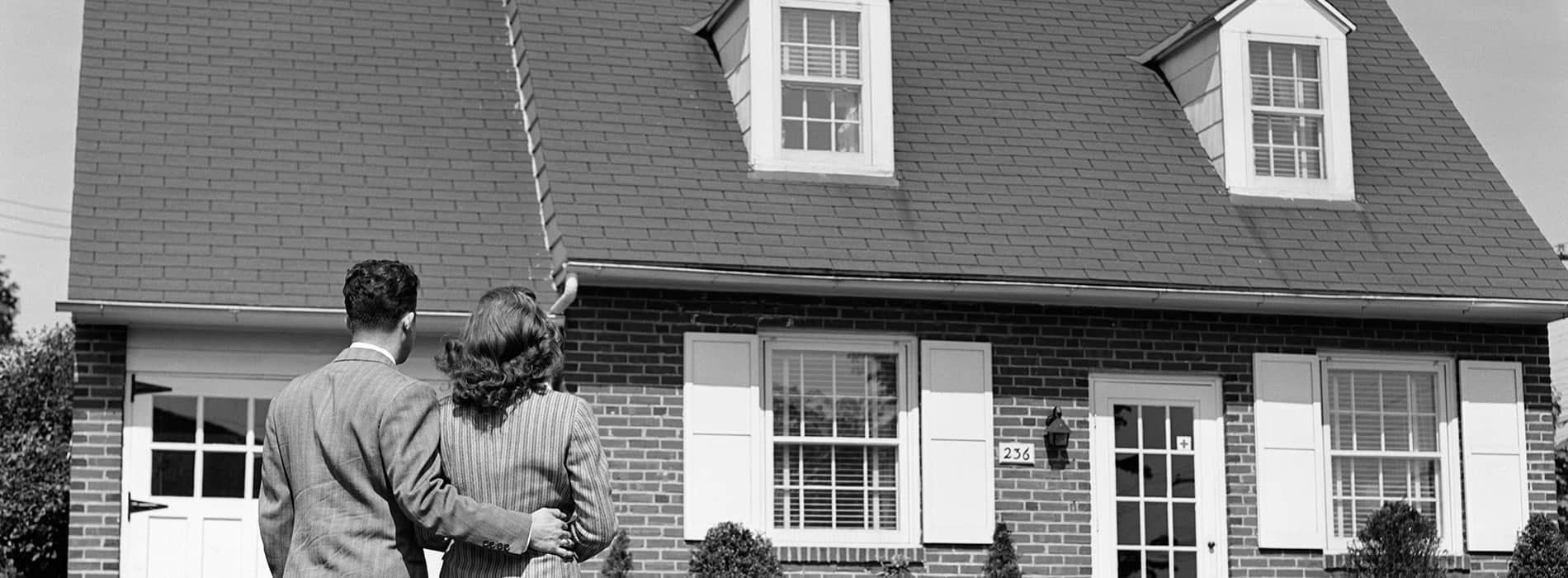
07 Jul Mould in subfloors
Mould in subfloors
Mould in subfloors most of us have encountered that smell when entering a building and noticing a musty o’dour. This generally indicates that there is a mould problem somewhere in the building which is caused by raised moisture levels you can assume that there is most likely a building defect starting with mould in your subfloor.
How do you know if you have mould in your subfloor
Unfortunately, you may not know for quite some time. After all, you can’t see under your floor most older houses that have suspended wooden floors are the main buildings where ventilation & drainage problems in the sub floor occur this is where mould starts but there are some ways you can tell.
- Checking your skirting boards for mould
- Pulling corners of your carpet & underlay up checking to see if mould is on the underside of the carpet, underlay or top of your flooring
- Inspect your subfloor flooring for mould
- Inspect your subfloor for drainage & ventilation issues
- Inspect the foundation coverings in the subfloor for mould you can usually see mould growth for the access hole without entering
- Inspect the foundation brick walls for for rising damp
- If your inspecting the subfloor always use the correct safety clothing & breathing apparatus as mould is dangerous for your health
- Inspect your exterior vents to the subfloor make sure they are not cover up by vegetation or garden beds
- Inspect site drainage is adequate
- If you cant inspect your self use a professional
If you find mould or rising damp
Call a professional for a inspection & advice, don’t act your self you might make the problem worse



Sorry, the comment form is closed at this time.